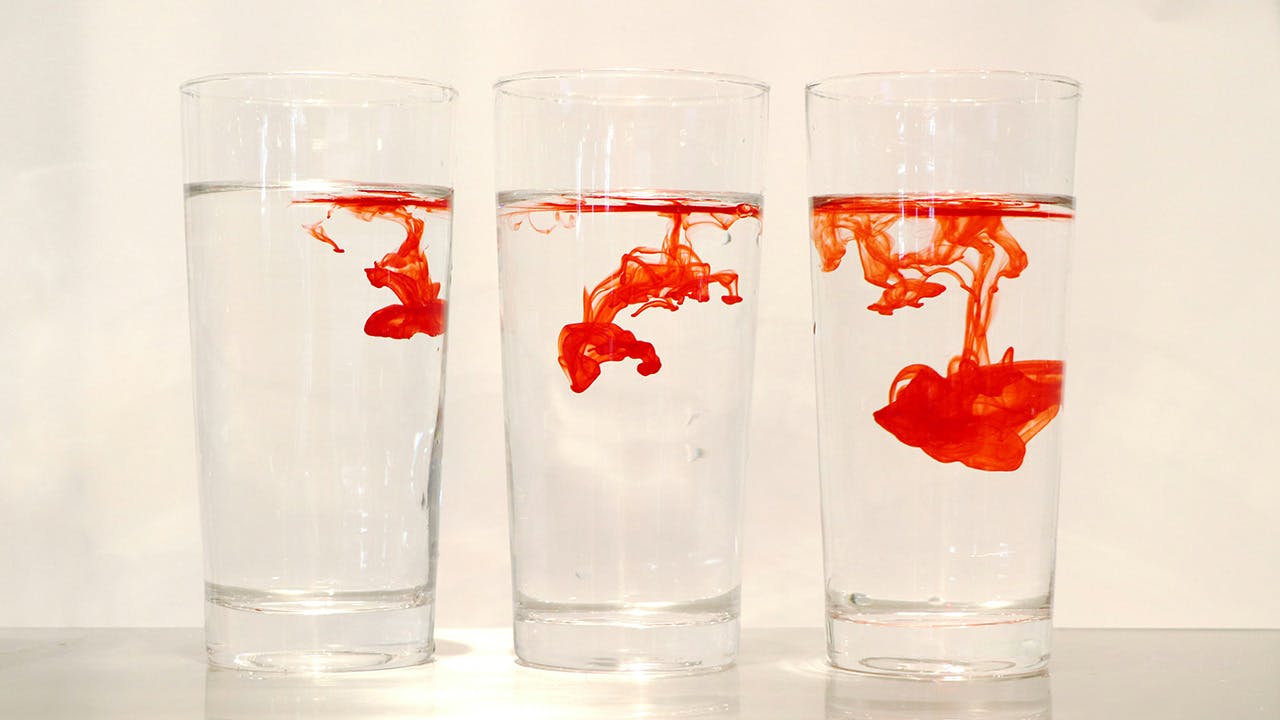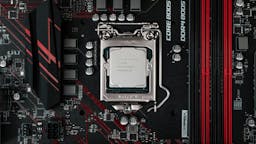Understanding Diffusion in Generative AI
In the enchanting world of artificial intelligence, where machines learn to mimic, enhance, and sometimes even surpass human abilities, there lies a technique that has been capturing the imagination of tech enthusiasts and experts alike. This technique is known as "diffusion" in generative AI. It’s a concept that might sound complex at first, but let’s break it down into simpler terms to uncover the magic behind it.
What is Generative AI?
Before jumping into the depths of diffusion, it’s essential to grasp what generative AI is all about. Generative AI refers to a type of artificial intelligence that is designed to create new content, from images and music to text and beyond. It’s like having an AI artist or writer in your computer, coming up with new creations based on what it has learned from a vast amount of existing data.
The Magic of Diffusion Models
Diffusion models are a fascinating class of generative models that work in a somewhat counterintuitive manner. They start by learning how to gradually introduce random noise into a data sample until the original content is completely obscured. It's like taking a clear picture and slowly adding fog until nothing of the original image is visible.
Now, here's where the real magic happens. After mastering the art of creating chaos, the diffusion model then learns to reverse this process. It takes a noisy, meaningless pattern and slowly refines it, step by step, until a coherent, clear image emerges from the fog. This reversal process is not just a simple undoing. Instead, the model generates new content that is similar in nature but distinctly different from the original sample.
What Sets Diffusion Apart?
The uniqueness of diffusion models lies in their approach and results. Unlike other generative techniques, such as Generative Adversarial Networks (GANs), diffusion models are known for their ability to produce highly realistic and diverse outputs. Whether it's rendering dreamlike landscapes, fashioning human faces that don’t exist in real life, or composing pieces of music, diffusion models handle these tasks with a surprising level of detail and variability.
One of the reasons for the impressive performance of diffusion models is their iterative refinement process. By making small adjustments at each step, the model can fine-tune its outputs in a way that closely mimics the complexity of real-world data. This gradual evolution of noise into structured content helps in eliminating many of the artifacts and issues commonly seen in outputs generated by other AI models.
Diffusion in Action
The principle of diffusion has been applied in various fields, leading to some groundbreaking applications. In the realm of image generation, companies like OpenAI have developed models that produce stunning visuals simply from textual descriptions. Imagine typing "a sunset over a futuristic city," and voila, a beautiful, high-resolution image that matches this description comes to life.
Moreover, in the pharmaceutical industry, diffusion models assist researchers by generating new molecular structures, potentially speeding up the discovery of new drugs. The models offer a plethora of possibilities, providing a starting point that scientists can refine and test, thereby accelerating the traditionally long cycles of drug development.
The Future of Diffusion in AI
The future looks promising for diffusion models in generative AI. As computational technologies advance and become more accessible, the efficiency of running these models will improve, opening up even more possibilities for creativity and innovation. Researchers are also exploring ways to make these models more environmentally friendly by reducing the energy required during the training phase.
From crafting virtual worlds to aiding in scientific discoveries, the applications for diffusion in generative AI continue to grow. This fascinating technology not only highlights the creative potential of AI but also underscores the synergistic relationship between artificial intelligence and human ingenuity.












